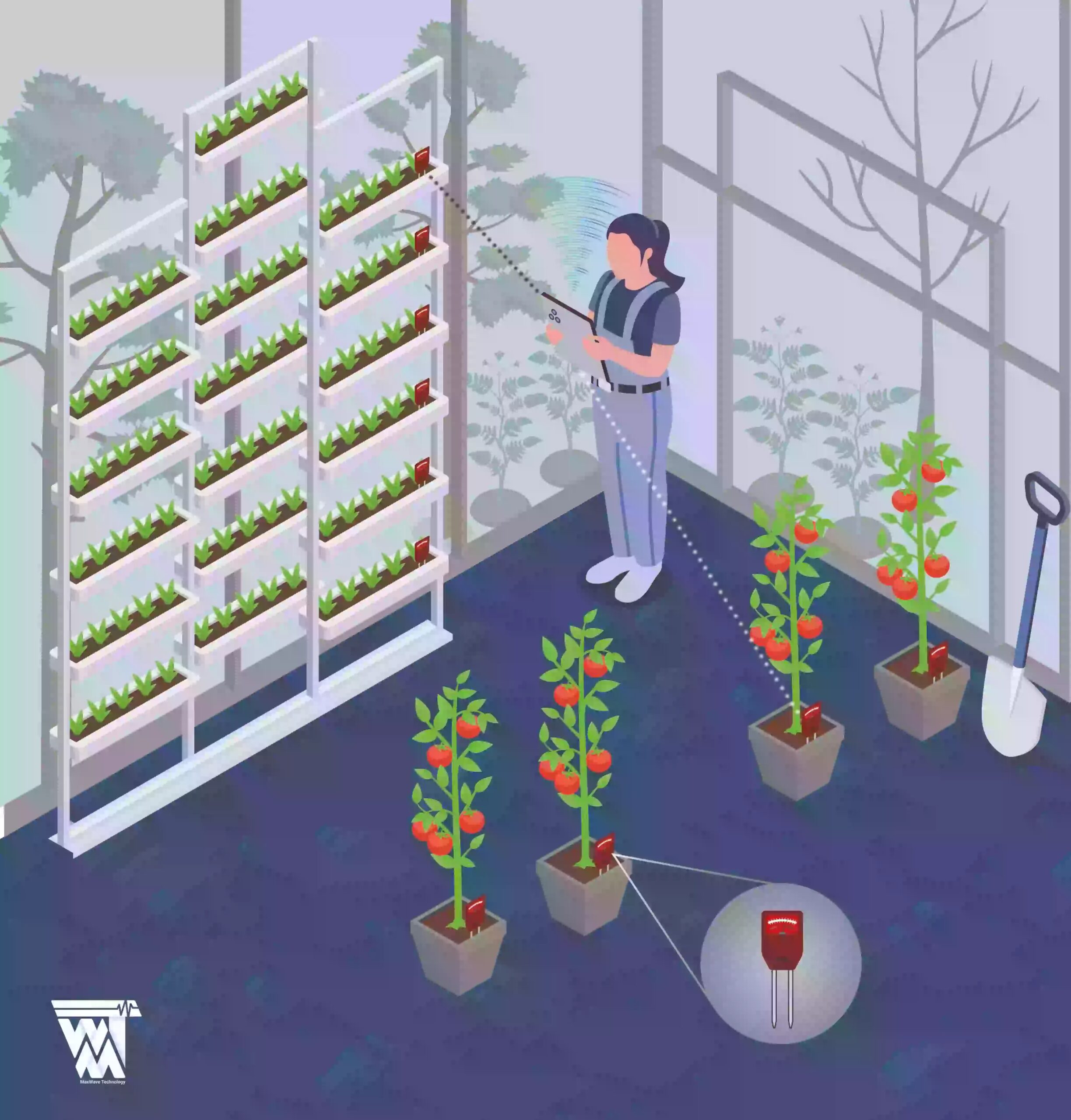The integration of wireless sensors in greenhouse environments represents a significant advancement in agricultural technology, enabling remote monitoring of plant health and environmental conditions. These sensors, typically powered by low-power batteries, are strategically placed throughout the greenhouse to gather real-time data on parameters such as temperature, humidity, soil moisture, and light intensity. By utilizing wireless communication protocols like Bluetooth, this data can be transmitted to a central monitoring system, allowing growers to remotely monitor and manage their crops with ease.
One of the key benefits of employing wireless sensors in greenhouses is enhanced efficiency and productivity. By continuously monitoring environmental conditions, growers can optimize growing parameters to create an ideal microclimate for plant growth. For instance, if the temperature or humidity levels deviate from optimal ranges, automated systems can be triggered to adjust heating, cooling, or irrigation systems accordingly, ensuring optimal growing conditions and maximizing crop yields. This proactive approach to greenhouse management not only minimizes the risk of crop damage due to adverse environmental conditions but also reduces resource wastage by precisely delivering water and nutrients to plants as needed.
Furthermore, wireless sensor technology offers growers greater flexibility and convenience in managing their greenhouse operations. With remote access to real-time data via mobile devices or computers, growers can monitor plant status and environmental conditions from anywhere at any time. This capability is particularly valuable for greenhouse operations spanning large areas or for growers who manage multiple greenhouse facilities. Additionally, the ability to receive alerts and notifications regarding critical parameters allows growers to promptly respond to potential issues, thereby preventing crop losses and optimizing overall plant health. In essence, the integration of wireless sensors in greenhouse environments empowers growers with actionable insights and real-time control, ultimately leading to improved efficiency, productivity, and sustainability in agricultural practices.

